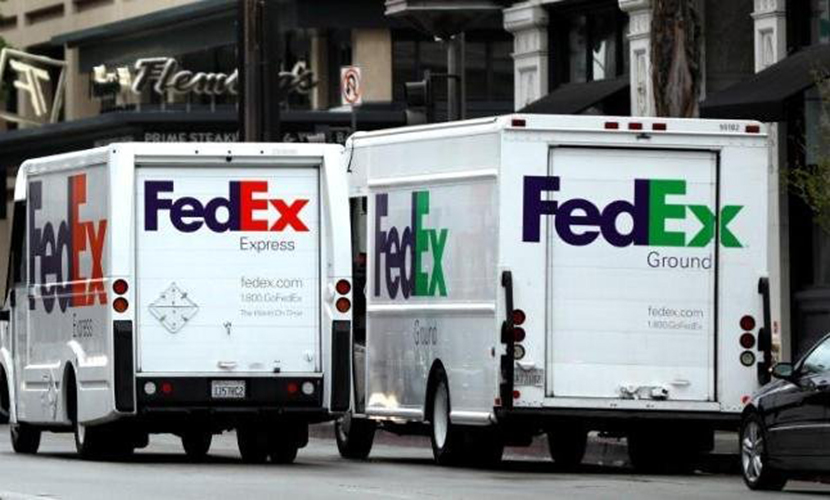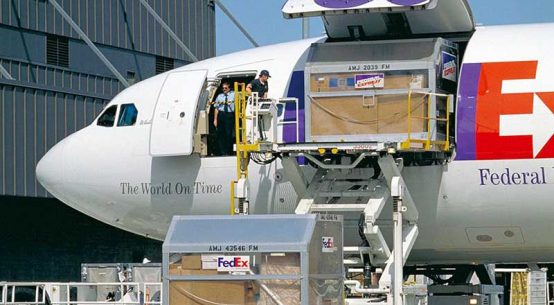
A Federal Express truck in La Jolla, California. REUTERS/Mike Blake
Truck maker Volvo AB and package delivery company FedEx Corp said on Wednesday they have begun public U.S. testing of “platooning” technology, which allows digitally-connected semi trucks to save fuel by driving closely together in convoy, on a highway in North Carolina.
Using a state permit, Volvo and FedEx have been conducting tests on a section of North Carolina highway 540 since April, running three trucks towing two trailers each, a configuration FedEx and rival United Parcel Service Inc. run in a number of U.S. states.
Keith Brandis, Volvo’s North American vice president for product planning, said the tests will help the truck maker amass data to persuade other states and the federal government to permit more testing.
“Armed with hard facts and data, we hope to make our case,” Brandis said. “The business benefits of this technology will be proven in the coming months.”
A number of U.S. states have approved rules for trials of the new technology, but they vary by state.
Volvo and FedEx said that while fuel savings from platooning vary, running trucks in convoys using this technology should boost safety.
Platooning uses a relatively low level of automation. The driver of the lead truck driver is in control, and the other trucks in the convoy follow automatically. For instance, if the driver of the lead truck hits the brakes, the other trucks brake automatically.
A number of truck manufacturers and startups are experimenting with platooning and autonomous technologies, including Daimler AG, Navistar International Corp and electric car maker Tesla Inc.
Truck makers including Volvo are already testing platooning technology on highways in Europe.
Daimler last September said it had received permission from the Oregon Department of Transportation to test its platooning technology on public roads after successful trials in its proving ground in Madras, Oregon.
.









